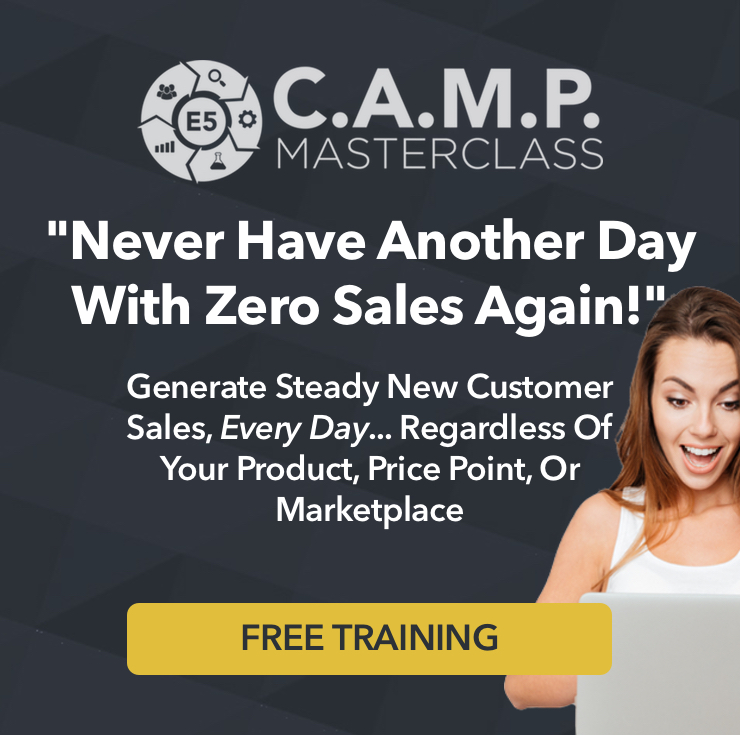Start on a higher level.
What?? I hear you ask. Is this some woo-woo stuff??
No, not at all. I’m talking about starting at a higher level regarding your strategic objective.
As you first think about creating a product, ask yourself, “What’s the strategy behind this product? Am I creating this product because I need money, and that’s it?”
If that’s the case and you do need the money, that’s okay. You just want to be clear on what the strategic objective is, so you can make sure everything you do is in alignment with that objective.
Immediate maximum revenue
If your strategic objective is immediate maximum revenue from the product launch, then that should dictate how you think about all the different add-on offers you make to those new customers after the launch.
Remember that for new customers, everything they buy in one check-out process is considered “the front end”. What you market to them later is the back end.
So both the front end offers and the sequence are dependent on what your strategic objective is.
“What The Average Marketer Needs To Know… About How The Real Direct Response Pros Consistently Engineer Effective Customer-Generating Funnels”
Find out why the critics are calling this the “best marketing event ever!”
Click here to join this event from the comfort of your living room!
For example, you may put a low-ticket offer toward the end of a funnel, at the end of the sequence. It’s usually some sort of continuity offer.
Use that as a way to lower the barrier of entry as much as possible; getting people into a low-ticket continuity program is a great way to do that.
Long term maximum value
On the other hand, if your strategic objective is to generate maximum value from the launch, then you’ll only want to make a high-ticket offer at the end. In other words, if your last offer depends on whether someone has taken the prior offers, I would put a high ticket offer on the back. It just depends on your strategic objective.
And now I hear you asking, Well, when wouldn’t your objective be to maximize revenue?
There is a difference between maximizing immediate revenue and maximizing long term revenue, such as with a continuity program.
For instance, if your business has a cash flow crunch, your launch may be about generating excess cash. Then you can use that excess cash to generate traffic on other funnels, in order to acquire new customers and put them in the back end.
In this case, you go with the offers that you believe give you the highest likelihood of generating more revenue.
If you are not under a cash flow crunch and you are okay with sacrificing immediate revenue for long term ongoing revenue, then you use a completely different approach. It really just depends, ultimately, on what you are trying to do.
This is why understanding the strategy is absolutely critical; it also prevents you from getting caught up in the tactics, and helps you make sure that you’ve got clarity on your strategy.
That means you have to know the overall strategic objective for the funnel, for the launch, and even for the product.
To help you clarify, ask yourself these questions:
- What is the strategic objective of this particular product?
- What am I trying to do with this particular product?
- Why am I even releasing this product?
- How does releasing this product align with the overall strategic objective of my company?
Too often, what happens is we simply see opportunity, and then we jump on that opportunity without thinking.
We seek to leverage that opportunity, and then, only once we are deep into it, we realize that it doesn’t really fulfill any of our company’s major strategic objectives.
It doesn’t further our positioning, or the brand. It doesn’t necessarily acquire quality customers. It doesn’t establish a new channel. It doesn’t establish us as an authority in area where we wanted to establish authority.
You must be constantly asking yourself, with marketing campaigns, with products, with launches, with funnels, with ads… What is the strategic objective of what I am doing?
Because when you know your main strategic objective, then you can be sure that everything you do is aligned with it. That is how to run successful, profitable marketing campaigns.



